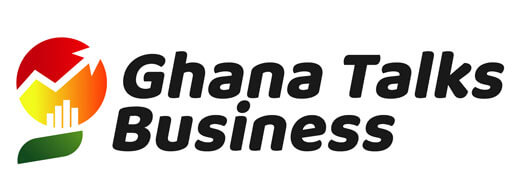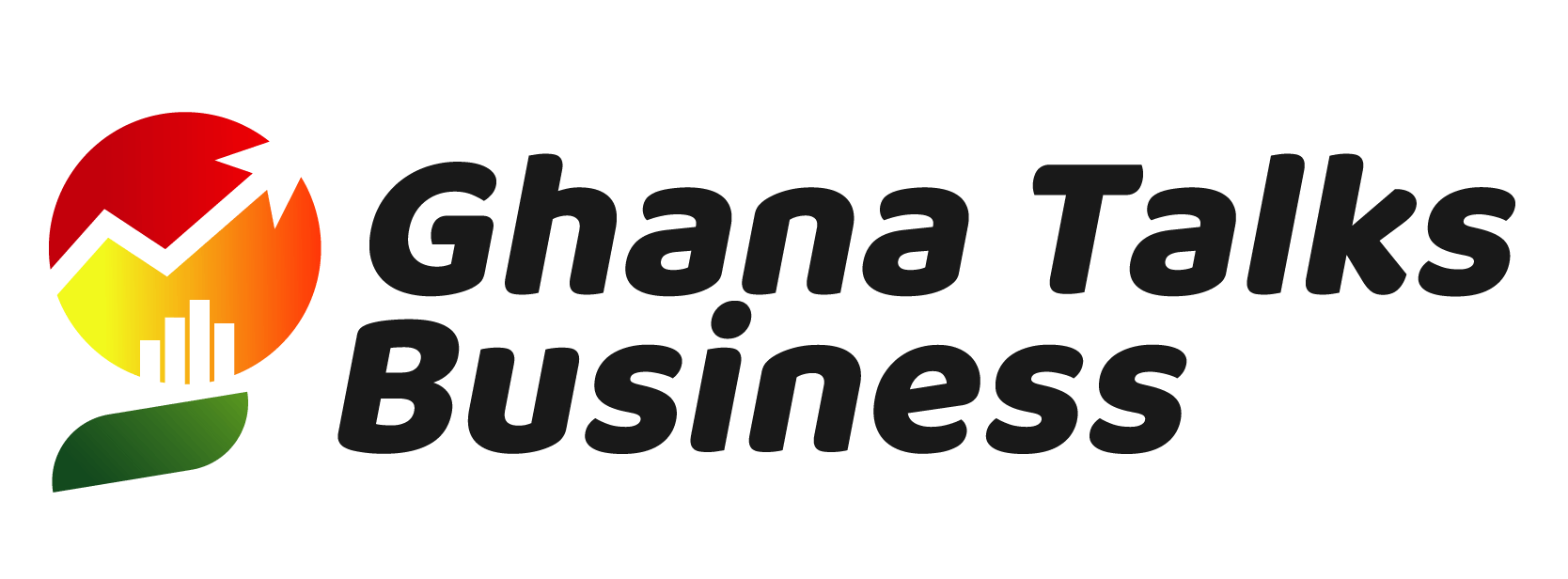The Monetary Policy Committee (MPC) of the Bank of Ghana has for the 5th consecutive time kept the policy rate unchanged at 14.5%, citing short to medium-term risks.
“Risks to inflation in the near-term are broadly contained, but short to medium-term risks emanating from the fiscal expansion and rising crude oil prices are emerging. Under these circumstances, the Committee has decided to keep the policy rate at 14.5 percent,” Bank of Ghana Governor, Ernest Addison said.
Why Policy rate is maintained at 14.5% for the 5th time
Headline inflation which is a major driver of the monetary policy rate increased to 10.4% in December 2020 which was off the target of 8±2%, largely driven by food prices.
“Headline inflation, while on steady decline in the early months of the last quarter of 2020, jumped in December to 10.4 percent, outside the target band of 8±2 percent, driven by food prices. However, the Bank projects headline inflation to return to target in the second quarter of 2021.”
Ghana’s Total Debt Stock
Speaking on Ghana’s total debt stock, Ernest Addison indicated that Ghana’s total public debt stock had risen to 74.4% of Gross Domestic Product (GDP) representing GH¢286.9 billion at the end of November 2020. This is compared to 62.4% of GDP representing GH¢218.2 billion at the end of December 2019.
“The elevated fiscal path has impacted the stock of public debt which rose to 74.4 percent of GDP (GH¢286.9 billion) at the end of November 2020 compared with 62.4 percent of GDP (GH¢218.2 billion) at the end of December 2019,” Ernest Addison said.
“Of the total debt stock, domestic debt was GH¢147.3 billion (38.2 percent of GDP), while external debt was GH¢139.6 billion (36.2 percent of GDP),” he further added.
Increased Liquidity
Despite the rise in the debt stock, BoG noted that total liquidity had increased significantly in 2020. As a result of government’s fiscal stimulus program, and monetary policy measures implemented in 2020 to negate the impact of the Coronavirus. Also, the monetization of government bonds to pay depositors in Special Deposit-Taking Institutions (SDI), as well as BoG’s purchase of a GH¢10 billion COVID-19 bonds issued by the government.
According to BoG, these measures led to an expansion in its balance sheet.
“As a result, Net domestic assets increased by 42.2 percent year-on-year in 2020, compared with a modest 15.0 percent growth in 2019, while net foreign assets contracted by 12.6 percent, compared with 51.7 percent growth in the same comparative periods,” BoG noted.
Previous monetary policy rate
The monetary policy rate is essential to all businesses as it determines the rate at which the BoG lends to commercial banks, which then determines banks’ lending rate on loans.
In March of 2020, the Monetary Policy Committee (MPC) of the Bank of Ghana, reduced the policy rate from 16% to 14.5% to boost economic activity by making it cheaper for businesses to borrow to undertake business operations and provide more spending power for Ghanaians in the era of COVID-19.
Monetary policy rate was then maintained in May, July, September, and November 2020, following COVID-19 continuous impact on the economy.
ALSO READ: BOG maintains policy rate at 14.5% – What this means to your pocket
The fear of a renewed Covid-19 threat
As the new variant of Covid-19 takes hold in many economies, BoG has expressed its worry over the new threat the economy may face.
“In the domestic economy, growth has picked up since the sharp contraction in the second quarter. All the high-frequency indicators of economic activity have rebounded, consumer and business confidence levels are back at pre-lockdown levels, and there are indications of steady growth in private sector credit. However, the renewed threat from the second-wave of the pandemic has again heightened uncertainty and could hamper the recovery process in the near term,” Ernest Addison said.
BoG has therefore decided to maintain the policy rate at 14.5% based on the uncertainties in the economy caused by the global pandemic.









